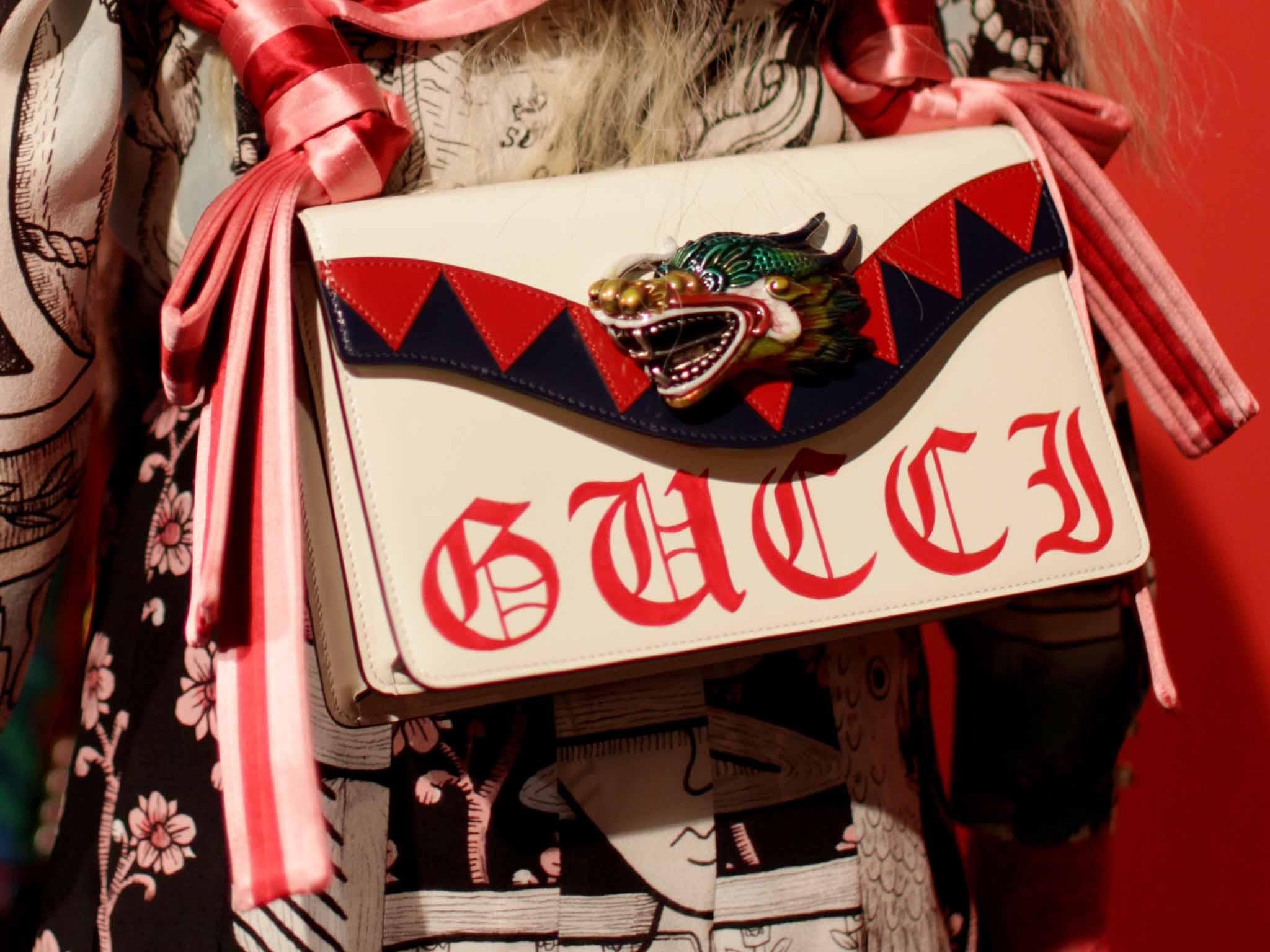How the luxury retail sector is using technology to remain relevant
Digital technology can bring young designers and artisans out of obscurity and give them a marketplace

Amazon recently posted a LinkedIn profile that revealed it was quietly building a team to help people to find clothes that fit people perfectly. The giant online seller wants to recruit engineers and its project will span hardware and robotics, 3D models, applied research and software engineering. The goal: to reinvent retail using machine learning.
Well that’s all fine for high street fashion, you might say, but when it comes to luxury brands, no one will want a microchip to choose an outfit for them.
Luxury fashion takes time, time to create and time to understand. It is about scarcity and unsated desires, the individual touch and beautiful details. In fact, quite the opposite of all the things that digitisation can offer: speed, ready availability, huge choice.
Yet if iconic labels and designers are going to appeal to buyers in the future, they are going to have realise that their craft-led artisanal product cannot remain untouched by digital technology.
In fact technology represents a huge opportunity for designers and luxury brands. Done well, it will certainly be the saviour of some of them.
Digital technology can bring young designers and artisans out of obscurity and give them a marketplace. It can connect young fashion graduates directly with enthusiastic shoppers through online platforms and of course social media is the ultimate shop window and inspiration for creatives.
Brands that can exploit these changes can achieve much higher rates of growth than are typically seen across the sector. Gucci is one company that has worked hard to understand digital and use it to reach new audiences.
In the first quarter of 2017 it was rewarded for its efforts with a 51 per cent increase in sales. Contrast that with average growth rates across the sector of 1 to 2 per cent.
Luxury brands are waking up to how technology can improve the experience of shopping, as well as revive sales. They are also in a ferocious battle for market share and turning to technology to give them an edge.
Moncler, the upmarket skiwear maker, has been another winner through focusing on setting trends on social media. Sales of the revived brand passed through €1bn (£870m) for the first time last year.
For the millennial generation, online is how they will discover things and that is being reflected in the rapid shift in media spend from traditional media to online media.
The ultimate luxury these days is time and consumers will not thank brands who waste their time. Spending on experiences has overtaken spending on goods recently which means that luxury goods companies must work even harder to provide that bespoke, personal shopping experience.
But ensuring product availability should not mean producing more products. The late 1990s e-commerce model got this wrong and has been perpetuated, leading to overproduction of stock and consequently more discounting, which devalues the brand.
In contrast, Farfetch connects existing inventory to shoppers. This way scarcity is optimised and fashion becomes more sustainable, which is hugely important for the millennial and generation Z shoppers, that demand sustainability in every area of their lives.
Since most luxury purchases are still made in stores, having a way of connecting what retailers know about a shopper online to the bricks and mortar store, can help to improve the experience for the customer, as well as drive sales.
For instance, an app can alert sales staff when an existing customer enters a store and provide assistants with useful information on their tastes, size and shopping preferences.
Sensors that collect information about what a customer has picked up in the store can also be used to push items to a customer’s “wishlist”. Ultimately, this means that technology can take a lot of the guesswork out of merchandising and buying.
Finally, as Amazon is discovering, digital technology can amplify the human touch rather than reduce it.
Most staff today are behaving like robots, in part because they are not empowered by smart, seamless technology. They spend time doing things that today’s technology can do instantly such as checking stock, looking up a customer on a database or processing payments. Digital tools can free them to spend more time making a human connection with the shopper.
Technology is not a panacea to the luxury goods sector but it does provide it with a new way to interact and engage with consumers. And the data that can be mined from those customers will divide the winners from the losers in a race where total spending on luxury goods is likely to grow only between 1 and 4 per cent a year.
Fashion provides iconic moments throughout history. If luxury fashion can not change with the times, it will lose all relevance in tomorrow’s world.
Applying algorithms to help each shopper find the perfectly fitting pair of jeans may be a mass market solution, but the strategy – providing an individual, bespoke product – is at the core of luxury fashion.
© New York Times
José Neves is the chief executive officer and founder of Farfetch.com, an online platform for luxury fashion
Join our commenting forum
Join thought-provoking conversations, follow other Independent readers and see their replies
Comments